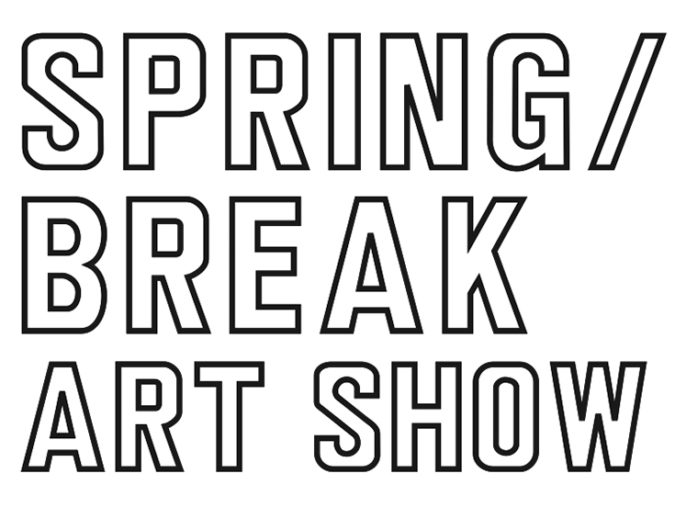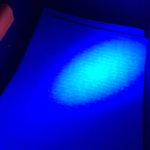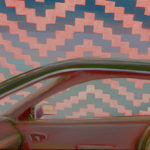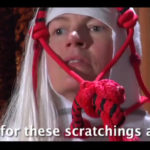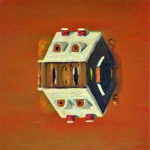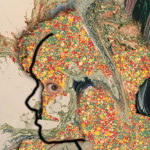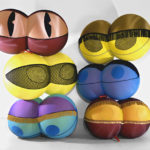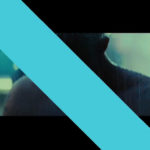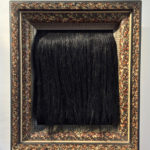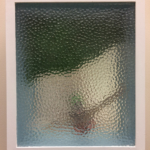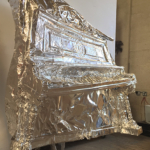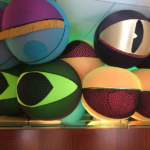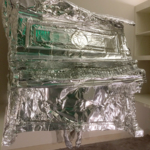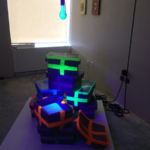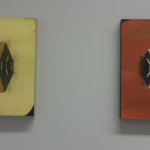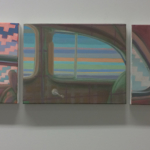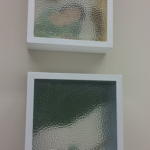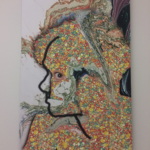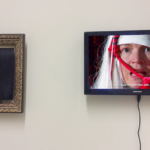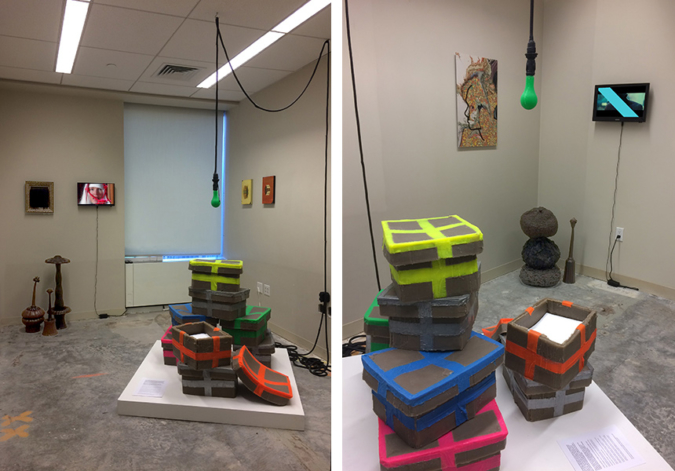SPRING/BREAK Art Show
Deferred Vision, a show within SPRING/BREAK Art Show.
Curated by Fintan Boyle and Matt Freedman for Romanov Grave.
Vernissage Tuesday February 28 2017, 5 PM – 9 PM
Show days March 1- 6 2017, 11 AM – 6 PM
4 Times Square, enter on 43rd Street
23rd floor, Rooms 2313 and 2315
Deferred Vision — a peek into the show
Playing on the notion of the black mirror and its distorting effects we have mused upon disguise and disfigurement, obfuscation of ‘Me’, disappearance and what it is we see in the rear view mirror. The original device was used, akin to a rear view mirror, to observe the scene behind the artist the better to soften the observed. –and perhaps the observer too.
Nancy Davidson’s sculpture offers us the artist’s own eyes transmogrified into gargantuan, tuberous forms. A looming 10-foot pile of eyes disguised as buttocks, disguised as breasts, disguised as weather balloons eying the world from above anchors the whole installation, like Macy’s on Thanksgiving.
Susan Unterberg’s point of departure is the optimum clarity of photographic verisimilitude. With camera at hand she renders self-portraits and, through digital manipulation and collage of found images, she proceeds to disappear herself into the visual field. Cheshire cat-like she is almost gone, lost in the sfumato interzone of a vast image archive.
Lenore Malen’s video paraphrases and parodies, through the mouth of an actor portraying a horse, a speech delivered by Dilma Rouseff in 2013 at the UN General Assembly, a speech where Rouseff famously denounces the US for spying on its allies and friends in the wake of Edward Snowden’s revelations. The NSA’s black, spying mirror is shone back upon them while in Malen’s version the speech is spoken entirely in English back-slang with a scrolling (right to left, i.e. in reverse) ‘translation’ across the screen; the viewer/auditor works hard to hear and see what is being said. Rouseff’s/Malen’s speech concerns the impending eco-catastrophe that capitalism, creates and obfuscates, one might reasonably describe it as the actual obfuscation and thus disappearance of the landscape. That Rouseff is herself currently being disappeared in Brazil by an alliance of neo-conservatives provides a poignant resonance to the inclusion of this piece
Curtis Mitchel’s video recycles the replicants from Ridley Scott’s 1982 Blade Runner. Projected atop violently un-stuffed plush toys, Rachael and Deckard play out a noirish romance in dystopian Los Angeles, a place where subjectivity has been bio-engineered to the margins of a landscape softened by the ongoing eco catastrophe. Mitchel’s video is a place where a private eye loves an android while the artist eviscerates childhood comforts.
Fred Valentine plies the ravine between visual forgetting and remembering. His paintings deploy remembered rather than observed landscapes. Rather than a physical devise for softening the image –like the black mirror– Valentine detours through recall, nostalgia, longing and yearning to find his images. As his process develops repetition and mirroring emerge as devices to both outwit the softening or disappearance of the landscape and to grasp more solidly the fading memory.
Greg Drasler’s 20-20-LSD vision abstracts the landscape but leaves the rear view mirror shining through. Born of his road trips across the United States the paintings revel in the automotive interiors and the vast haze of the American road. Redolant of Kerouac and Cassidy’s drug fuelled race across the country, or, better, Kerouac’s intro to Robert Frank’s The Americans, Drasler’s paintings prompt anxious musings upon what’s in front always being the reverse of what was just left behind.
Jeanne Silverthorne has, for several years now, been transcribing texts on invisibility. Penned in invisible ink the ongoing project includes texts by Ralph Ellison, Plato, Stefan Zweig among others. Each text is stored in cast rubber banker’s boxes. To date there are thirty boxes. This collection of invisible texts, upon invisibility, sidesteps obscured visual representation to instead void language, i.e. the possibility of recognizing or writing me/I, while, in fact, she is secretly preserving it all in invisible ink transcriptions.
Jennie Nichols’ work reveals the back of the head as the point of view of the other. Standing behind the viewer staring into the black mirror the point of view is like an over the shoulder shot from continuity editing. Shot reverse shot confirms the presence of who is engaged in looking, Nichols perversely deletes the returned gaze and we are left staring at what the back of the old master –using the black mirror– looked like.
Bonnie Rychlack promotes visual modesty as explicit obfuscation of the photographic sign. Employing the frosted glass associated with bathroom doors she profoundly distorts the clarity of the photograph we know to be hidden in plain sight. She dials back and forth in a single image between display and visibility, obfuscation and revelation.
Jude Tallichet’s cast aluminum upright piano echo’s a memory of Cabaret’s final scene. Joel Grey has left the stage. No spectacle remains to be seen. There is only the audience itself famously reflected back in distorting, disfiguring mirrors where hazy swastika armbands pepper the distorted scene. Apropos for our political moment Tallichet’s piano allows the audience to see it’s own distorted self, lost in a refracting image.
